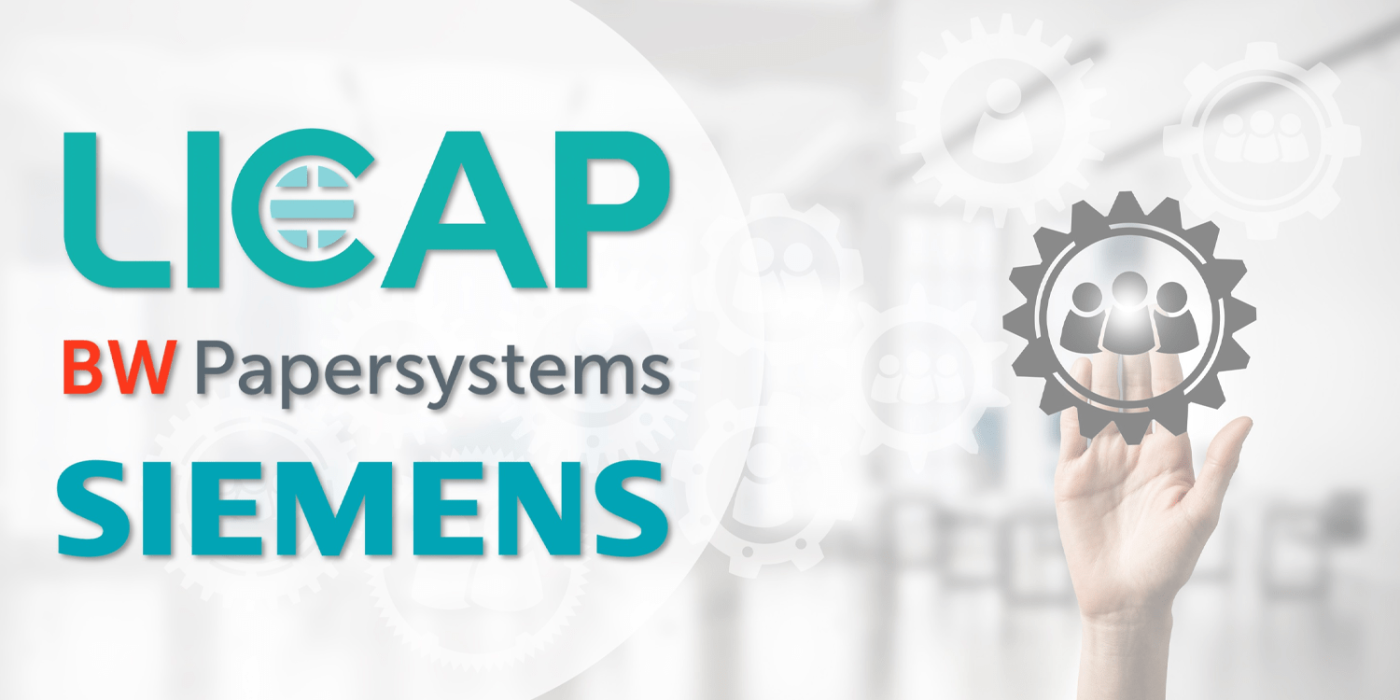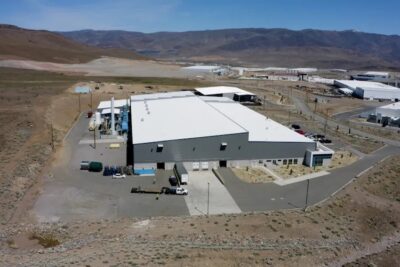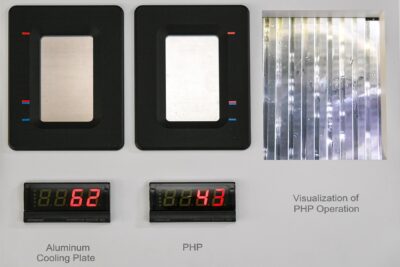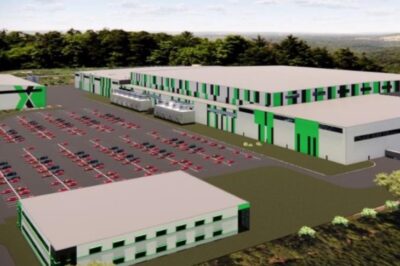Alliance to scale battery cell dry-coating takes shape
Siemens, LiCAP Technologies and BW Papersystems are cooperating in the field of dry electrode manufacturing systems. The trio has now entered into a strategic partnership for the production and marketing of such systems for the battery cell industry.
With their cooperation, the three companies want to improve the future competitiveness of North American and European gigafactories. The core of the project is the industrialisation of LiCAP’s “Activated Dry Electrode” technology. Siemens is expected to play a major role in scaling production for both companies. BW Papersystems, a division of US equipment manufacturer Barry-Wehmiller, is to support the project by transferring its experience from the paperboard, paper, film and packaging industries to the dry electrode sector.
“Rising demand for batteries comes with a huge jump in demand for battery cell manufacturing equipment,” LiCAP states in an accompanying release. “Today most incumbent battery cell manufacturing suppliers are based in Asia, already operating at more than 95 percent capacity,” the developer outlines the situation, saying this could give orders from established customers priority over those from new entrants from Europe and the United States. “As a result, North American and European battery cell manufacturing companies and EV OEMs are likely to face a bottleneck in equipment supply that will place their planned start of production at risk,” the California-based company writes.
LiCAP’s dry electrode approach is suitable for solid-state batteries, lithium-ion batteries, lithium-ion capacitors and ultracapacitors, according to the company. It is said to score over wet methods with less effort and lower costs. The company is headquartered in Sacramento, California, and already operates, in its own words, “the world’s fastest commercial dry electrode production line for ultracapacitors, as well as a pilot dry electrode line for lithium-ion batteries.”
According to Martin Zea, Vice President of Operations at LiCAP, it is important for his company that BW Papersystems and Siemens already have the expertise and know-how in areas that are critical to the successful commercialisation of the “Activated Dry Electrode” technology. “This is why we partnered up with them and have no doubt they can build manufacturing equipment for our electrode manufacturing process at much greater speed compared to any other company.”
Currently, a number of companies and research institutions around the world are working on dry-coating processes for electrodes. As the central component of the battery, these usually consist of a metal foil covered with a thin coating. The coating contains the active components that are responsible for storing energy. Usually, the coating process is carried out wet-chemically with so-called slurry preparations: A kind of paste is produced from active material, conductive carbon blacks and binders together with a solvent, which is first used to create a wet layer on the metal foil. In order for the solvent to evaporate again afterwards, huge plants with very long drying distances are needed. These steps would make dry coating superfluous.





0 Comments